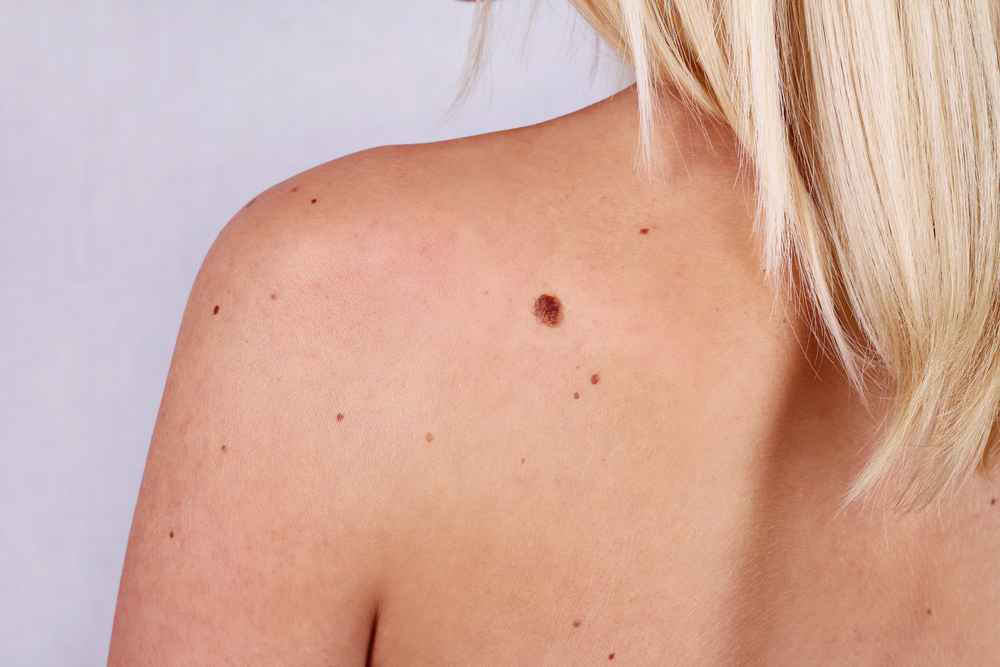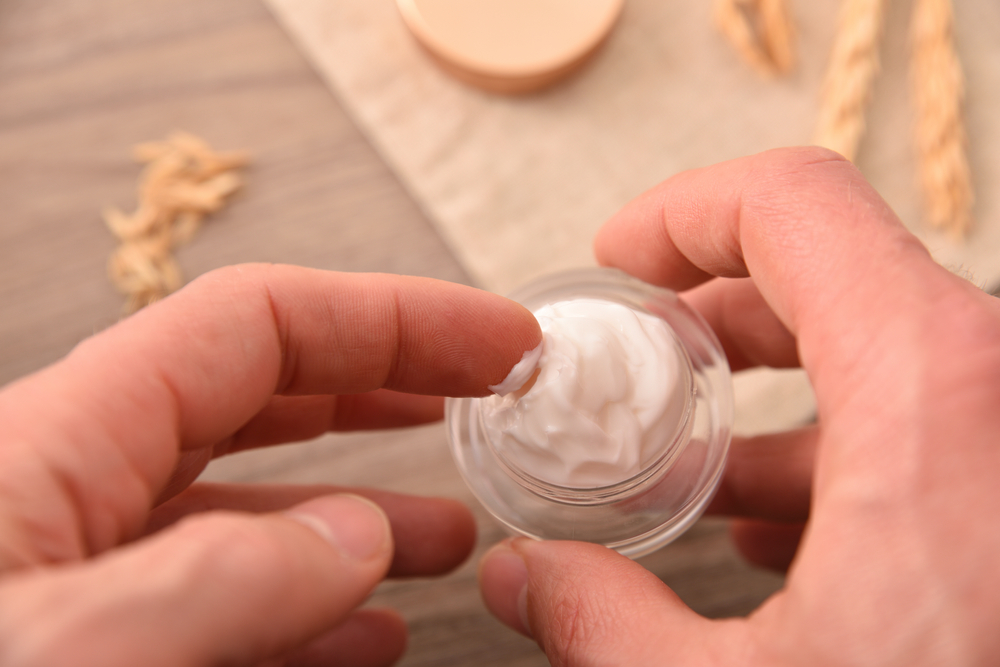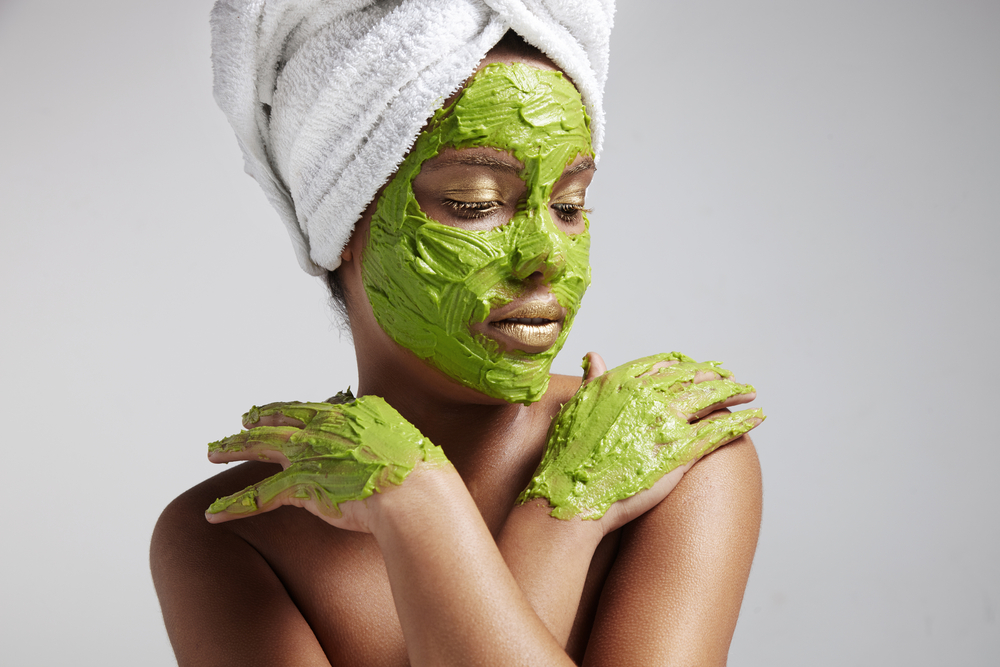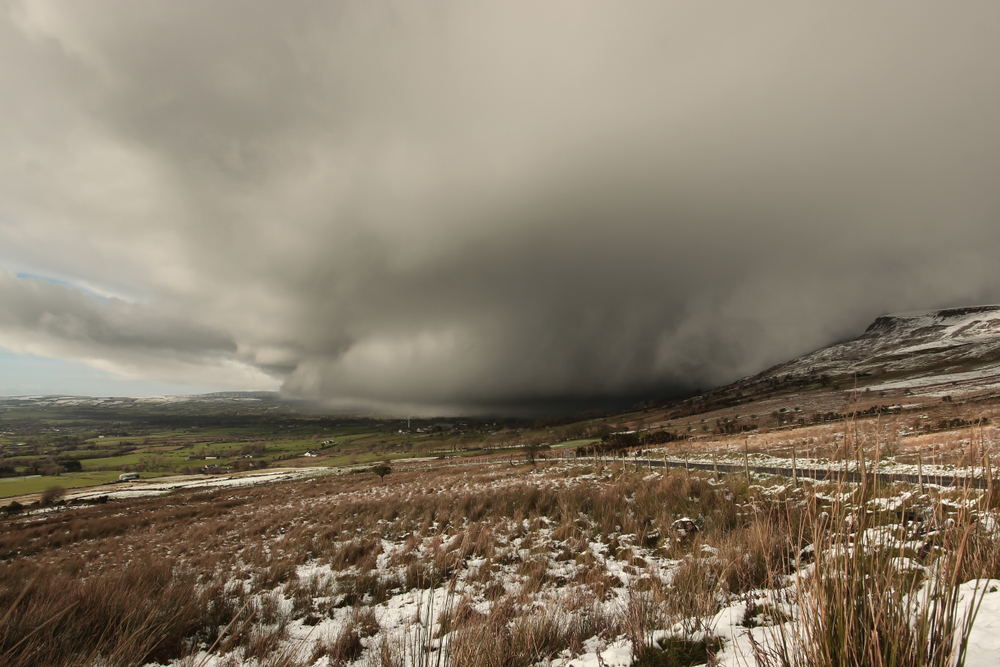Moles are a strange part of the human body. Many people have them yet they are still treated as an abnormality. Some moles are heavily linked with cancer and for this reason, you should always closely monitor moles but never worry about them. So why do we have moles and should we be concerned?
Moles are formed when something called melanocytes nest on the body. When a group of melanocytes gathers close together, you get a mole. They are really not that strange and are so common in certain places because they have a normal distribution. For example, there are about 900 melanocytes per square mm on your back while the number is 1500 per square mm on your genitals.
Moles can form when you are still a fetus or when you are fully grown and neither occurrence should be cause for alarm. In fact, acquired moles are so common that many doctors argue they should not be treated as abnormal at all. Nearly everyone in the world has a mole and most have between 10 and 40 on their body.
While no one has provided a clear reason why all moles form, UV exposure is definitely a leading cause and the lighter your skin the more prone you are to developing moles. Some moles can be an indication of melanoma or skin cancer and this has led to many people being frightened of the growths. Yet doctors and dermatologists say there is usually nothing to worry about.
Most moles are smaller than the size of a pencil eraser, do not grow any further, are circular in shape and consistent in color. If your moles are like this, then relax, these are perfectly normal and you have nothing to be concerned about. Some moles do not fit this description. If you have moles that are a strange shape, strange or changing color or are larger than a pencil eraser, these are classified as atypical moles. Again doctors say that these are usually nothing to worry about.
However, since many melanomas are developed from atypical moles you should be more cautious if you have them and check them regularly for any changes. See a doctor once every 6 months or once a year to do a mole map and ensure they are not a concern. However, the chances of your atypical mole turning into a cancerous cell are 1 in 200,000 so it is still extremely rare.
In short, moles are a totally natural occurrence on the skin just like a freckle is. While some are useful indicators to doctors about a potential melanoma most are totally harmless. For this reason, you should get them checked occasionally but don’t fear any bad news unless you are told otherwise. In the majority of cases, they are totally fine.






